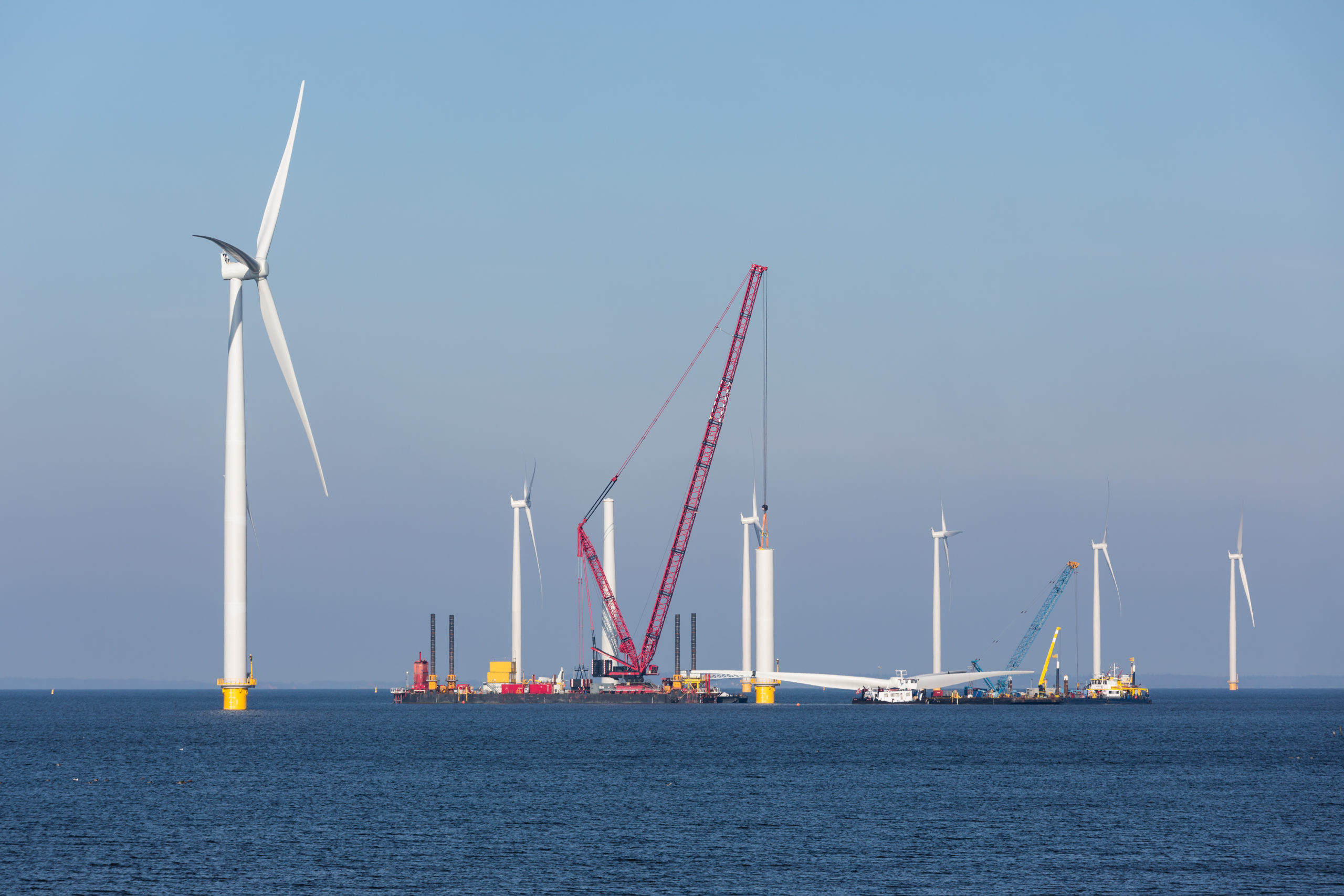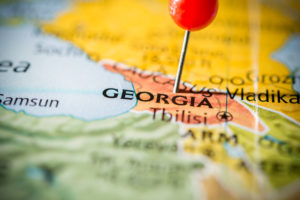
The Offshore Wind Energy sector continues to grow, driven by ongoing innovation and a focus on sustainability. The European Patent Office (EPO) and the International Renewable Energy Agency (IRENA) have just released a comprehensive report on the sector, looking at patent trends and analysing what they can tell us about market dynamics and technological advancements, and considering policy implications.
So, given the importance of Wind Energy to the World’s fight against climate change, what does the report tell us about how the technology – and the sector – is evolving?
The report analyzes global patent filings from 2002 to 2022 in offshore wind energy technologies. Patent filings are good indicators for innovation, commercialization, and knowledge transfer trends across international markets. They can offer insights into technology shifts and identify emerging players or consolidation efforts.
The report looks at how recent patent activity is addressing key technological challenges in the offshore wind energy sector. It is based on an assessment of approximately 17,000 patents related to offshore wind energy, covering inventions in fixed and floating foundations, towers, mechanical power transmission, blades and rotors, hybrid systems, energy storage, and grids and submarine cables.
Key findings from the report include a surge in global patent filings from 2006 to 2012, with floating foundations, transportation, and mechanical transmission being prominent areas of invention. The report also provides important policy insights, such as the dominance of European, Asian, and U.S. markets in offshore wind invention, with Germany and Denmark leading the way. Interestingly, China is seen to have more focus on domestic patents than international filings, indicating a reliance on a strong domestic market.
The report also found increasing innovation in floating foundations, logistics, and green hydrogen production. Notably, it has identified rising interest in combining offshore wind with electrolysers, indicating expectations of a substantial green hydrogen economy.
Other trends discussed in the report include: the expansion of offshore wind markets through floating foundations; alternative designs for towers and blades to enhance sustainability; increased use of rare earth materials in drive trains; on-site energy storage coupled with hydrogen production; and the uptake of submarine electrical infrastructure.
How important is Offshore Wind Energy in transitioning to clean energy?
Climate change is already affecting economies worldwide, so governments and stakeholders are aware of the need to take action to address the global climate emergency. The 2023 edition of the International Renewable Energy Agency’s (IRENA) World Energy Transitions Outlook concluded that a transition to renewable-based energy is crucial in the battle against climate change, but the current pace of transition is not fast enough.
To limit global warming to the target of 1.5°C above pre-industrial levels, a reduction of approximately 37 gigatonnes (Gt) of carbon dioxide (CO2) emissions from 2022 levels is necessary to reach net-zero scenario in the energy sector by 2050. This can only be achieved with a significant transformation of energy systems, including the extensive deployment of renewable generation capacity. Offshore wind is expected to play a significant role, reaching nearly 2,500 GW generating capacity by 2050 – a 40-fold increase from the 63 GW recorded in 2022. This positions offshore wind as a key technology in achieving global climate targets in the next three decades.
However, the deployment of offshore wind faces challenges – including the price of raw materials increasing, integration into energy systems through new interconnections, supply chain bottlenecks, and the need for larger turbines, with more robust foundations – which need to be addressed to accelerate the sector’s contribution to the energy transition. As the report highlights, innovation in many of these areas is underway.
The Cost-Competitiveness of Offshore Wind
Offshore wind stands out as a cost-effective solution for supplying electricity to densely populated coastal areas, given its offshore location, high energy output per square meter, and the ability to scale up quickly to gigawatt levels.
Technological advancements, particularly in larger turbines with extended blades, higher hub heights, and exploration in locations farther from shorelines, have contributed to higher generation capacity factors. The report highlights the potential for significant progress through ongoing research and development efforts, leading to continuous technological improvements.
Originally, offshore wind farms were positioned closer to shore and in shallower depths. However, advancements in wind energy technology have facilitated a shift to greater distances from the coast and into deeper waters. This shift has been made possible by stronger and more consistent wind further out from the coast, and presents opportunities for countries with substantial seabed drops, including the UK.
What do the Patent trends tell us about how Offshore Wind Energy is developing?
The number of granted patents serves as a strong metric for assessing quality of innovation in a sector, and its economic significance. Granted patents are particularly valuable indicators as they signify technology that the granting Patent Office considers to be new and inventive, and can be expected to relate to commercial products.
A growing number of granted patents indicates a commitment by patent owners to invest resources in safeguarding their market share, showcasing the potential for income generation from their inventions.
The report looks at patent trends in the number of applications filed, where they are being filed, which companies are filing and what areas of technology dominate.
The EPO, US, China and Denmark take the top four places by number of patent applications filed annually. The Danish firm Vestas stands out as the lead patent filer in offshore wind energy technologies, showing remarkable levels of patent activity. Patent applications are being filed in seven areas of technology associated with offshore wind energy. These are: 1) Fixed and floating foundations; 2) Towers; 3) Mechanical power transmission; 4) Blades and rotors; 5) Hybrid systems; 6) Energy storage; and 7) Grid, submarine cables, and protecting them.
You can read the full report here.
Interested in a bespoke report, to give you an overview of the patent landscape in your specific area of technology? Get in touch to start a conversation with one of our patent attorneys.





